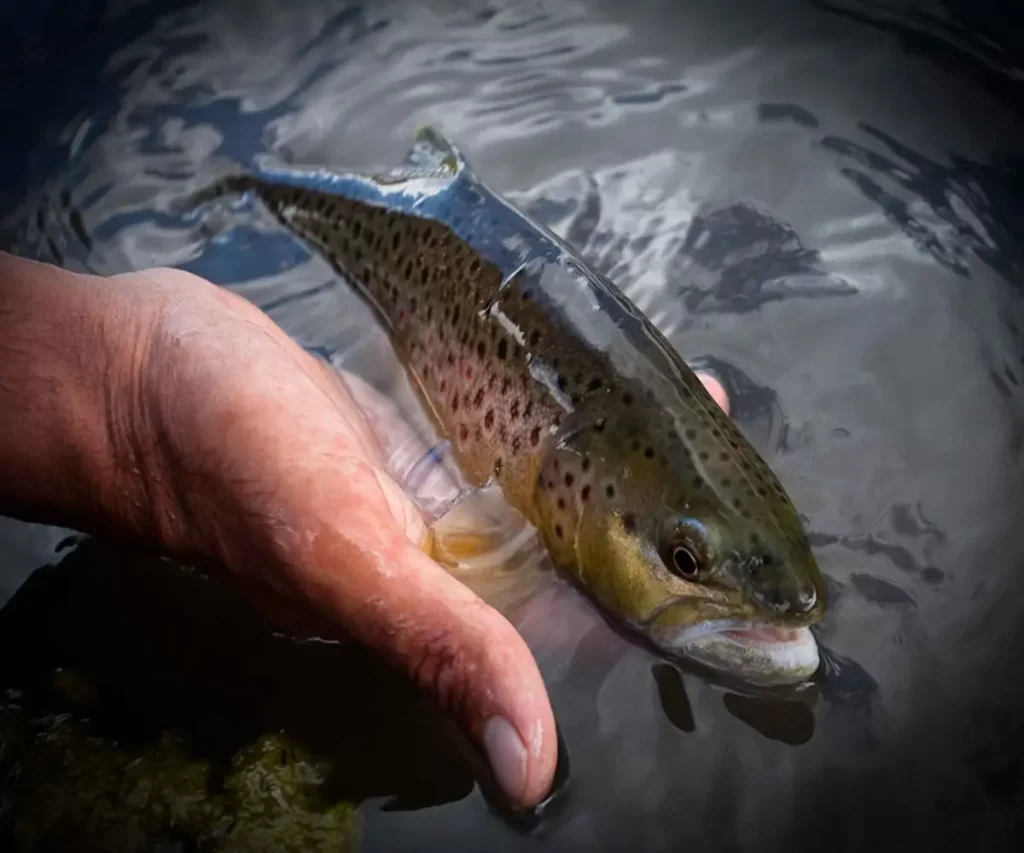
How to Release a Fish Guide
Fishing is a time-honored tradition enjoyed by millions worldwide. While the thrill of the catch is undeniable, responsible anglers understand the importance of how to release a fish safely back into their natural habitat. Catch and release fishing plays a pivotal role in preserving fish populations, sustaining ecosystems, and ensuring the longevity of this beloved pastime. This comprehensive guide will take you through every aspect of releasing a fish responsibly, covering gear selection, proper handling techniques, ethical considerations, and the broader impact on aquatic environments.
The Environmental Imperative
Conservation of Fish Populations
Sustainable fishing practices are paramount in the face of declining fish populations. Overfishing, habitat destruction, and climate change are threatening various species. Catch and release serves as a powerful tool in the conservation toolbox, allowing anglers to contribute actively to the preservation of fish stocks.
Balancing Recreation with Conservation
Highlight the delicate balance between enjoying the sport of fishing and ensuring the long-term health of fish populations. Emphasize the responsibility anglers bear in maintaining this equilibrium for future generations.
Preparation for Catch and Release
Gear Selection
Choosing the right gear is the first step in responsible catch and release. Discuss the benefits of using barbless hooks, non-stainless steel gear, and appropriate tackle to minimize harm to the fish.
Handling Tools
Introduce the essential tools for responsible catch and release, such as dehookers, pliers, and rubber-coated or knotless landing nets. Explain how these tools contribute to a stress-free release.
Educating Anglers
Emphasize the importance of educating fellow anglers about responsible practices. Touch upon the significance of disseminating information about gear, handling techniques, and the environmental impact of catch and release.
On the Water Techniques
Minimizing Fight Time
Explore the physiological effects of extended fight times on fish and provide practical tips for playing and landing fish quickly to reduce stress.
Proper Hook Removal
Detail step-by-step instructions for safely removing hooks, especially for deep-hooked fish. Advocate for minimal handling and the use of dehooking tools.
Reviving Exhausted Fish
Elaborate on the importance of reviving fish before release. Provide guidelines on using gentle movements to ensure the fish recovers fully before swimming away.
Ethical Considerations
Fishing Regulations
Stress the necessity of adhering to local fishing regulations and explain how compliance contributes to the overall health of fish populations.
Selecting the Right Fishing Spots
Guide anglers on choosing fishing locations that support catch and release, considering the vulnerability of certain species and habitats. Promote responsible angling to protect sensitive environments.
Beyond Angling: Environmental Stewardship
Supporting Conservation Organizations
Highlight the work of conservation organizations dedicated to sustainable fishing. Encourage anglers to actively support and engage with these organizations to amplify the impact of their conservation efforts.
Educational Outreach
Discuss the role anglers play in promoting responsible fishing practices within their communities. Provide resources for organizing or participating in educational events to raise awareness about catch and release.
In conclusion, the art of releasing a fish is a multifaceted responsibility that extends beyond the thrill of the catch. As stewards of the water, anglers hold the key to the conservation of fish populations and the preservation of aquatic ecosystems. By embracing sustainable gear, practicing proper handling techniques, and actively participating in education and conservation efforts, anglers can ensure that the joy of fishing remains a sustainable and fulfilling pursuit for generations to come. Responsible catch and release is not just a technique; it is a commitment to the future of fishing and the health of our planet’s waters.